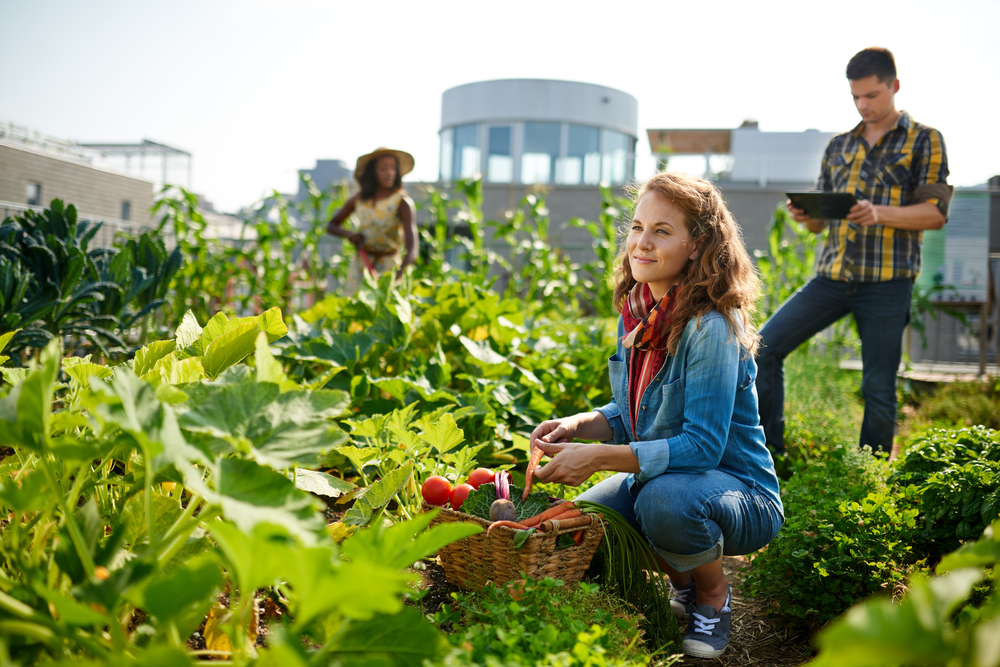Fairview Gardens
Nourishment Inside & Out
Over a hundred years ago, a farmer stuck his shovel in the dirt on a small plot of land in Goleta, California. The site has never been the same. The site is now The Center for Urban Agriculture at Fairview Gardens, a non-profit educational facility and working organic farm. The organization aims to nurture the […]

